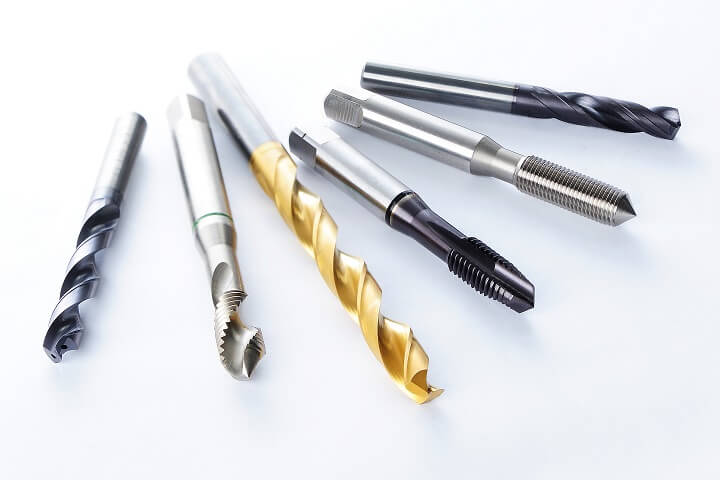When it comes to coated round shank tools — whether it's TiN, TiCN, TiAlN, or AlTiN — the surface preparation process before coating is just as critical as the coating itself.
One highly effective method in precision tool manufacturing is wet blasting. But why choose wet blasting over other surface finishing technologies like dry blasting or brushing?
Here’s what makes wet blasting a superior option for tool preparation:
✅ Controlled surface roughness: Wet blasting allows precise adjustment of surface texture (Ra, Rz values), creating the ideal micro-roughness that enhances coating adhesion without over-smoothing or damaging cutting edges.
✅ Reduced risk of micro-cracks and edge rounding: Unlike dry blasting, which can generate heat and cause stress-induced surface defects, wet blasting uses a water-based slurry to cushion abrasive media, preventing edge deformation and preserving critical geometries.
✅ Clean, contaminant-free finish: The process continuously flushes away debris and contaminants, leaving a pristine surface ready for optimal coating performance — no static build-up, no embedded particles.
✅ Improved coating uniformity and lifespan: A properly prepared surface ensures stronger mechanical interlocking and uniform coating thickness, directly translating to better wear resistance, thermal stability, and longer tool life in demanding machining applications.
In an industry where microns matter, surface preparation is no longer an afterthought — it’s a driver of improved performance.























